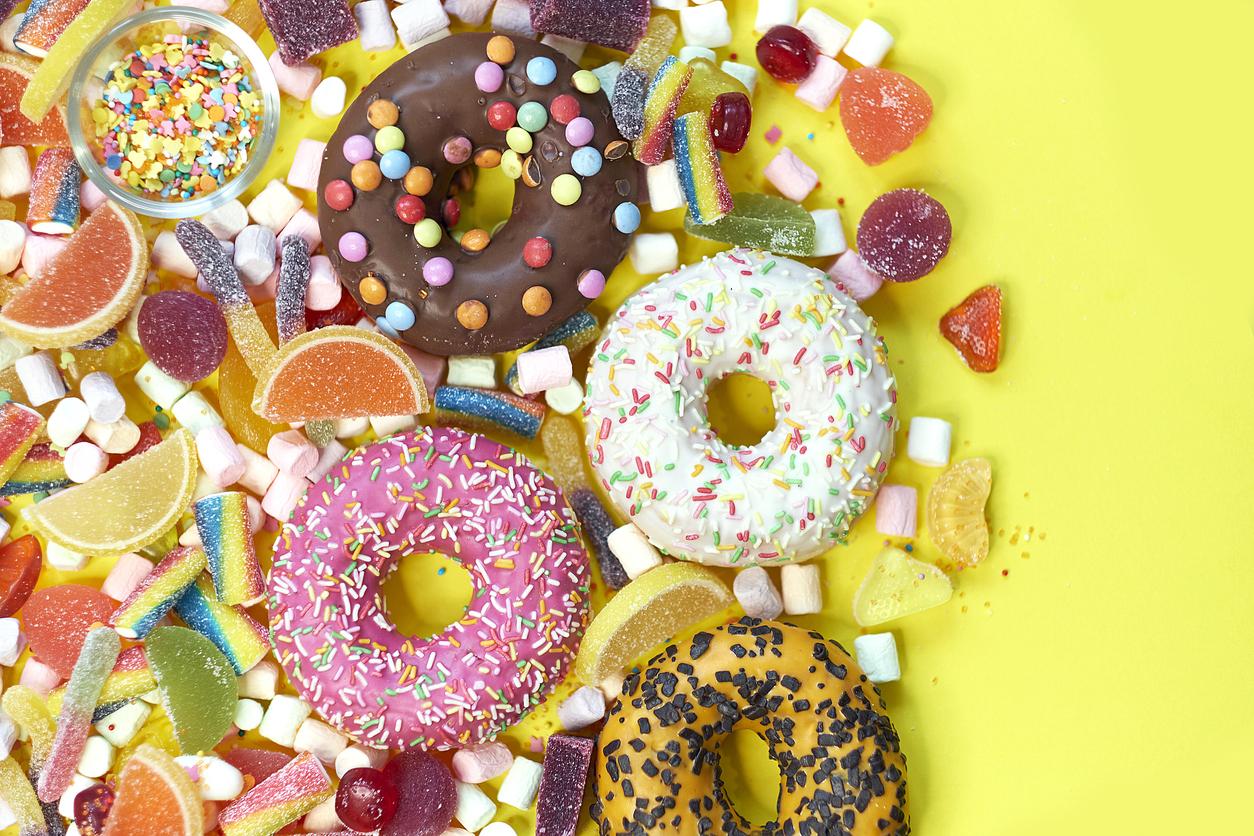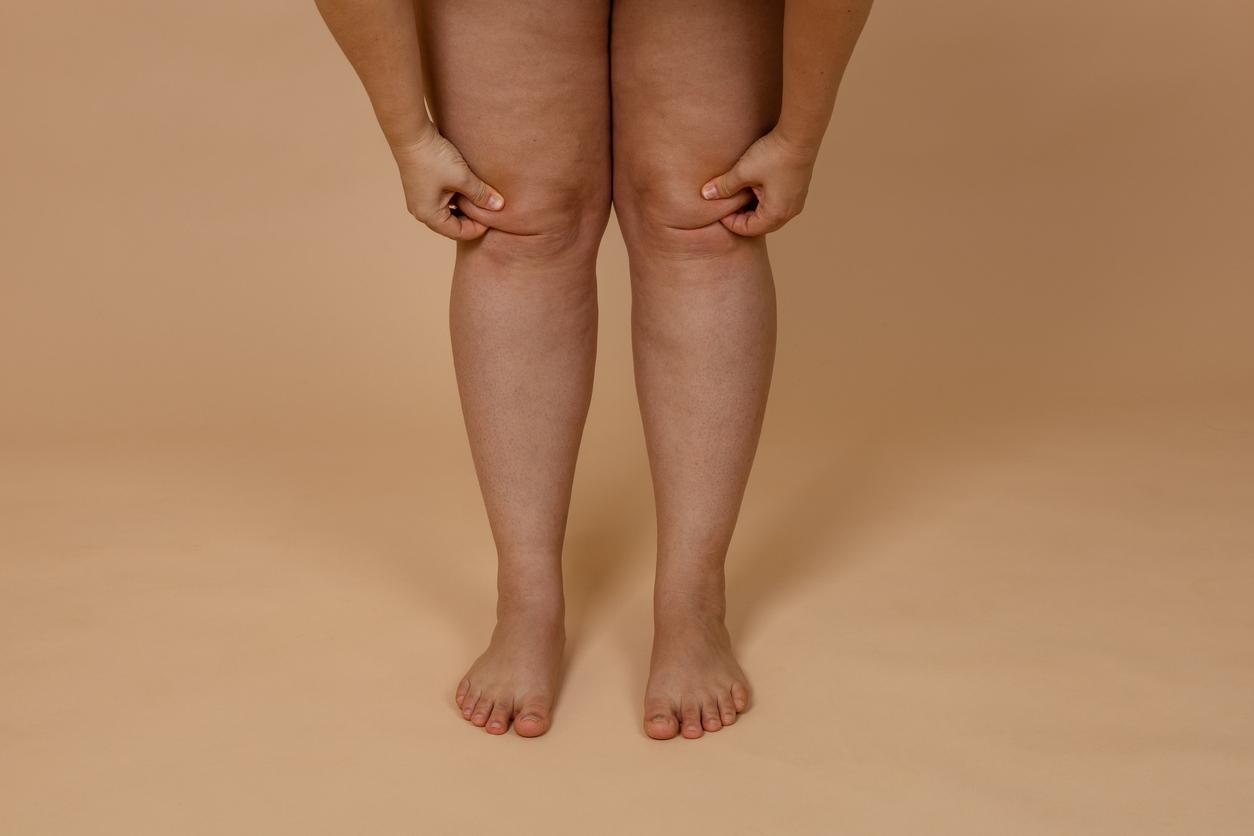It’s a phrase that comes up often when we talk about starchy foods: pasta makes you fat. This statement is of course false because in a good food rebalancing it is quite possible to eat everything…. You just have to know the mistakes to avoid!
Pasta makes you fat: false!
We consume on average 7 kg of pasta every year. It is a product that we can indeed store very easily and prepare / season in multiple ways!
Update on their manufacture:
- Classic pasta, in any form, is made from refined durum wheat, water, salt, and sometimes eggs.
- Dry pasta is made by extrusion. The dough, made from durum wheat semolina, passes through various nozzles giving it the characteristic shape of its name (coquillette, spaghetti, farfalle, penne…). The pasta is then dried.
From a nutritional point of view:
It is a carbohydrate food from the starch family, which provides nearly 30 g of carbohydrates for 100 g of cooked pasta, about 5 g of protein, and a little more for egg pasta. 100 g of cooked pasta provide about 100 kcal. Note that the shape of the pasta has no direct impact on nutritional values. However, the smaller the caliber, the less chewing the product requires, which is important in terms of satiety.
It is interesting to consume fiber-enriched pasta (complete or integral). In addition to the positive impact on transit, the presence of fiber makes the assimilation of carbohydrates slower, which promotes satiety. They also provide a significant amount of vegetable proteins (13%) and are slightly richer in lipids (2.5%) from wheat germ, therefore mainly polyunsaturated fatty acids of good quality.
Asian noodles more commonly made from common wheat (wheat), the same used for making bread and pastries are slightly richer in starch and therefore more sticky when baked.
Pasta makes you fat: avoid mistakes
When we tell you that pasta makes you fat, it’s also because people generally make a lot of mistakes when choosing their pasta. Here are some tips to follow when choosing your pasta:
- Wholemeal pasta are interesting for their fiber intake. They thus promote satiety. Consider alternating between classic and wholemeal pasta according to your tastes and your tolerance.
- Avoid quick cooking pasta type 3 minutes which are more pre-cooked and industrially dried; they have a higher glycemic index, will satisfy less durably.
- For fresh pasta, prefer them plain accompanied by a homemade sauce.
- For fresh stuffed pasta, the quality of the stuffing is a point to watch: we prefer terms designating quality pieces of meat, real cheese and we will put aside “meat preparations”, mixtures of cheese, bad fats. quality or even potato flakes as the first ingredient in the stuffing. Also avoid long lists of ingredients.
Pasta makes you fat: the pitfalls to avoid
Pasta makes you fat if you don’t follow these tips:
- Avoid Doypack® for pasta, the selling price is multiplied by 10 to 15 by manufacturers compared to dry products.
- Done beware of the so-called “vegetable” pasta because it does not in any way replace a portion of vegetables. The presence of vegetables is indeed anecdotal, often around 5% of vegetables which play more of a role of coloring. Better to add a tomato coulis to plain pasta.
Consumption advice:
Starches are a source of complex carbohydrates (starch) and therefore important energy in our diet. As part of a balanced diet, it is advisable to consume a portion of starchy foods per meal. The important thing is to reason the quantities and frequency of consumption which should leave plenty of room for vegetables in meals. When you think that pasta makes you fat, you should not neglect the seasonings which are also to watch out for.
We recommend:
- A portion of 150 to 200 g of cooked pasta (50 to 70 g dry) once a day alternating with other starchy foods. To be adjusted according to age, physical activity and appetite. Portion to adjust in case of slimming goal, without removing them!
- Adding fat to the cooking water is unnecessary. It is also advisable to salt the water moderately.
- Prefer al dente cooking which will allow a less sudden rise in blood sugar.
- If you add a sauce, prefer plain tomato sauces without added sugar or fat or a small amount of ketchup in commercial industrial sauces that are sometimes high in fat.
- If you add a portion of grated cheese, limit yourself to 20 g by not taking any more cheese during the day.
- For fun, it is possible to put in your pasta a small quantity of butter or margarine (1 hazelnut) or crème fraîche (1 tablespoon).
To find out even more, I invite you to watch this video on pasta entitled: pasta makes you fat?
















